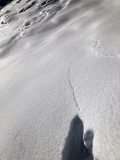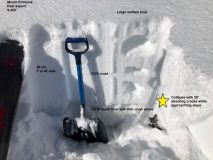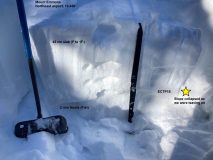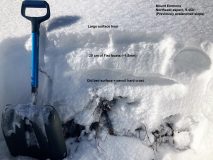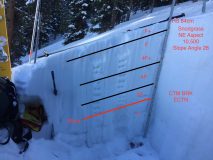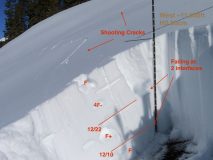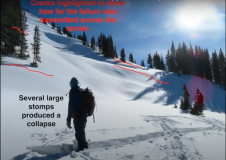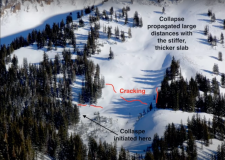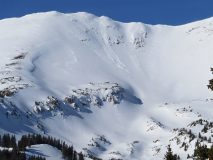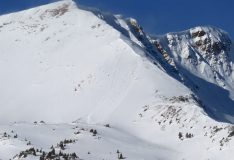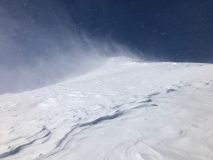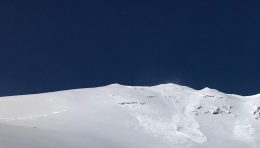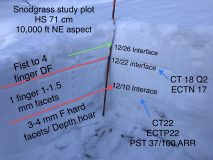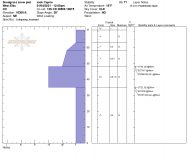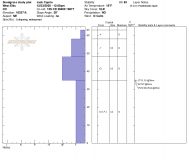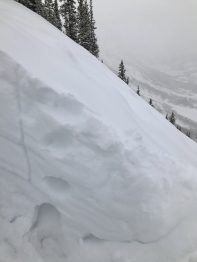Date of Observation: 01/08/2021
Name: Travis Colbert
Zone: Southeast Mountains
Location: Farris Creek
Aspect: South, South West, West
Elevation: 9,000-12,200
Avalanches: Old debris from the summit of Double Top N, in NE terrain. No new avalanches observed.
Weather: Blue sky, very little wind. Zero degrees in the AM, felt quite warm in the sun as we ascended…
Snowpack: Pretty much terrible. Ran the full spectrum between breakable crust to bottomless facets. Pretty much everything except supportable, soft snow. Large, widespread surface hoar. A little bit of supportable crust on steep south facing slopes where the snow was shallow (10cm); on those same slopes with deeper snow, punchy and weird, with shallow wind slabs just below the ridges. HS ranged from 0 – 85cm, with the average being 45 – 85cm. Had the opportunity to down climb a little maroon formation where the HS was 0. Also had the opportunity to perfect what I am calling the rocking side-slip in a shallow gully where the crust was particularly breakable and the baby aspens were especially tight. Finally, got the chance to wallow through the deepest and least supportable snow for that last mile or so along Farris Creek, back to our skin track. Exposed a pocket gopher when I punched through into the stream near the bottom; he/she seemed terrified. All in all, a good adventure in bad snow. The skin track is in if anyone wants to give it a whirl and ski a different aspect, or the same ones we did if my description was compelling.





